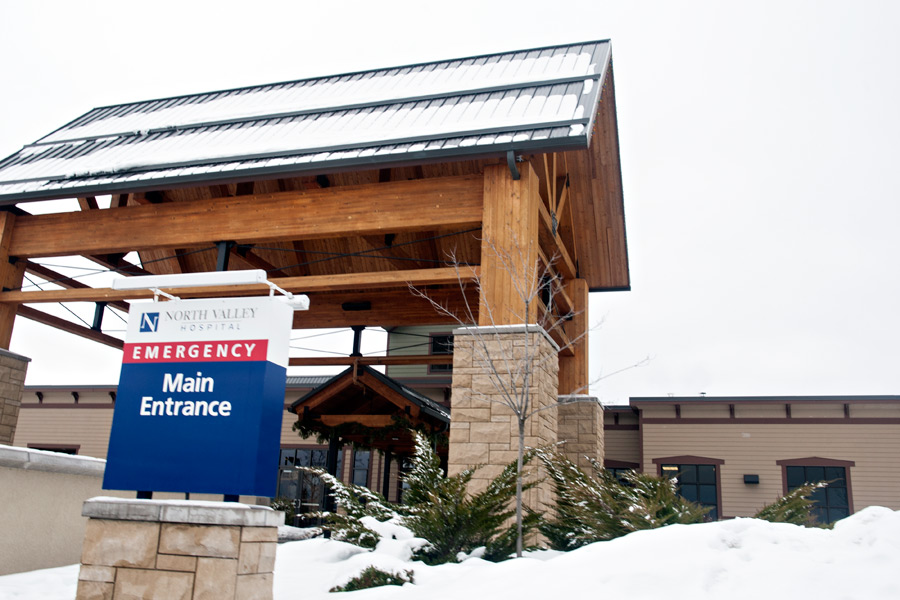Health officials in Flathead County are addressing widespread concerns about influenza in Montana, as hundreds of confirmed flu cases in the Flathead have increased the need for preventative measures.
“So far for the 2017-2018 influenza season, Flathead County has had more than 300 cases of influenza, more than 40 people hospitalized due to influenza, and five influenza-related deaths. We are about two weeks ahead of where we were last year at this time,” said Flathead City-County Health Department Health Officer Hillary Hanson.
The state Department of Public Health and Human Services reported 1,931 flu cases in Montana as of Jan. 13, defining the flu as “widespread” in the state.
Flathead County had the most cases of reported influenza in the state, with 332, according to DPHHS. The Flathead also had the most cases of newly confirmed flu from Jan. 7 to Jan. 13, with 89.
So far this year, the flu vaccine has been 30 percent effective, compared to an average of 40 percent effectiveness over the last 13 years, according to the Centers for Disease Control and Prevention.
“Influenza continues to be one of our top public health concerns. It is not too late to receive the vaccination, which will help reduce the likelihood of contracting the virus as well as protecting our most vulnerable populations,” Hanson said.
The health department is working in collaboration with Kalispell Regional Healthcare to address the flu concerns locally; all health-care facilities request that anyone who is feeling sick or showing flu symptoms stay home.
If you do experience flu symptoms or are diagnosed with the flu, the CDC recommends that you stay home for at least 24 hours after your fever is gone except to get medical care or other necessities. Your fever should be gone without the use of a fever-reducing medicine, such as Tylenol, before returning to or participating in work, school, travel, shopping, social events, and public gatherings.
The CDC states that most people with the flu have mild illness and do not need medical care or antiviral drugs. If you get sick with flu symptoms, in most cases, you should stay home and avoid contact with other people except to get medical care.
If, however, you have symptoms of flu and are in a high-risk group such as young children, people 65 and older, or pregnant women, or are very sick or worried about your illness, contact your health care provider (doctor, physician assistant, etc.).
While many cases of flu do not require an emergency medical visit, some symptoms can develop that necessitate a visit to the emergency department (ER). Please view the below checklist to be aware of emergency warning signs of flu sickness.
When should you go the ER?
Infants:
- Any symptoms listed below for children
- Being unable to eat
- Has trouble breathing
- Has no tears when crying
- Significantly fewer wet diapers than normal
Children:
- Fast breathing or trouble breathing
- Bluish skin color
- Not drinking enough fluids
- Not waking up or not interacting
- Being so irritable that the child does not want to be held
- Flu-like symptoms improve but then return with fever and worse cough
- Fever with a rash
Adults:
- Difficulty breathing or shortness of breath
- Pain or pressure in the chest or abdomen
- Sudden dizziness
- Confusion
- Severe or persistent vomiting
- Flu-like symptoms that improve but then return with fever and worse cough
There are other alternatives to going to the ER including urgent care practices, and virtual urgent care such as KRH Care Anywhere, which allows patients to receive diagnosis and medical recommendations via a secure online connection. KRH Care Anywhere is $45 per use and can be accessed online at: www.krhcareanywhere.org.
